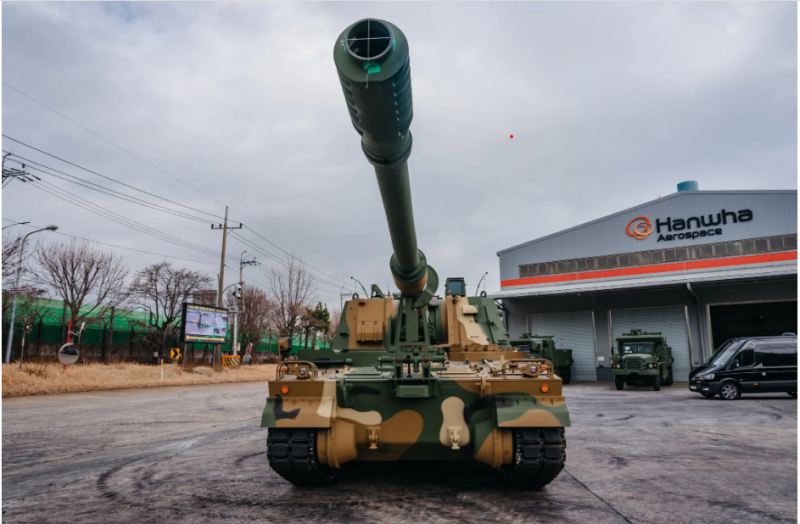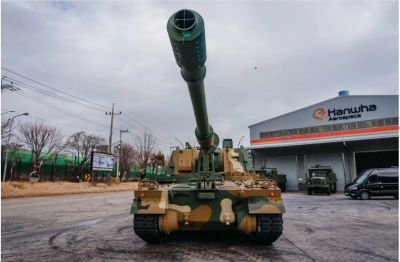South Korea's arms exports rose by 140 percent to a record level of $17.3 billion, including deals worth $12.4 billion for selling tanks, howitzers, fighter jets, and multiple rocket launchers to Poland, one of Ukraine’s closest allies, according to a report by the American newspaper "The New York Times." The newspaper pointed out that "as South Korea expands its arms sales globally, it has declined to send lethal assistance to Ukraine itself. Instead, it has focused on filling the global rearmament gap while resisting any direct role in arming Ukraine and imposing strict export controls on all its sales."
Additionally, it stated: "South Korea's caution partly stems from its reluctance to publicly antagonize Moscow, from which it hopes for cooperation in imposing new sanctions against the increasingly aggressive North Korea. Also, countries across Latin America, Israel, and others have refused to send weapons directly to Ukraine. However, the defense industries in a few countries have flourished due to the Russian invasion as much as South Korea's. Despite pleas from Kyiv and NATO to send arms to Ukraine, Seoul has continued to walk a tightrope, balancing its long-standing alliance with Washington and its national and economic interests."
The report continued: "Unlike U.S. allies in Europe that have reduced their armies and weapons production capabilities at the end of the Cold War, South Korea maintained a robust domestic defense supply chain to meet the demand from its armed forces and protect against North Korea. Since the Russian invasion, arms suppliers like the United States have faced significant production shortages for missile launchers and other weapons. Germany and other countries have also struggled to secure enough tanks to send to Ukraine."
The report highlighted that "as Eastern European countries race to re-equip and modernize their armies after sending their Soviet-era weapons to Ukraine, South Korea has become an attractive option. Contracts for tanks and howitzers with Poland were signed in late August with leading defense contractors in South Korea, and it took just over three months for the first shipment to arrive. Polish President Andrzej Duda said, 'When the shipment arrives, it is said that we have been waiting for this day for a long time,' welcoming the arrival of the shipment at the port. 'With great relief, I would like to confirm that we did not have to wait long for this day.' The orders from Poland were a boon for President Yoon Suk-yeol's government, which has pledged to make the country the world’s fourth-largest arms exporter by 2027, following the United States, Russia, and France. From 2017 to 2021, South Korea was the fastest-growing among the 25 largest arms-exporting countries in the world, ranking eighth with a 2.8 percent share of the global market, according to the Stockholm International Peace Research Institute. This was before securing contracts with Poland, Egypt, and the UAE last year."
The report stated: "When Seoul agreed to sell artillery shells to help the United States replenish its stocks, it insisted on a clear export control stipulation that the 'end user' would be the United States, a rule it applies to all its global arms dealings. However, some South Korean weapon technologies have already made their way into Ukraine. While the United States has produced advanced weaponry such as aircraft carriers, nuclear submarines, and modern aircraft to compete with Russia and China, South Korea has focused on mid-level weaponry such as artillery, armored vehicles, and tanks."




